It’s no secret that Montrealers are spoiled by our city’s Electronic Music scene. With weekly visits from headliners, year-round festivals, and top-notch venues, our experience here is world-renowned…but our scope is sometimes limited! There are scenes, communities, and cultures waiting for those who are willing to venture beyond the island…and I’m not just talking about scenes in the US or Europe.
There are vibrant communities of DJs and producers elsewhere in Canada. Out West, many artists and community leaders are creating big waves within their own scenes, and are seeking to bridge the gap between east and west; all while staying true to their own musical and cultural identities. I had the pleasure of sitting down with Alberta Electronic Music Conference’s Co-Founder Isis Graham ahead of Alberta’s premier Electronic Music Gathering. We discussed her background, Alberta’s Electronic Music History, everything that AEMCON has to offer, and more. Enjoy!
We're proud to announce the final programming & artist line-up for AEMCON 2019! In total, over 150 artists and speakers will present their ideas and music. Check out the schedule & line-up to learn about 60 different events, workshops, artist talks, panels, mixers, and more: https://www.albertaelectronicmusic.com/aem-news/second-wave-announcement-artist-speaker-amp-conference-highlights Day passes, night passes and full weekend passes are also now available! Presented by Studio Bell, National Music Centre, NMC:ON and The Foundation Assisting Canadian Talent On Recordings (FACTOR). The song featured in this video is Opal by Zeal & Cigz <3
Posted by Alberta Electronic Music on Thursday, October 10, 2019
HS:Hi Isis! Thanks for taking the time to speak to us about AEMCON and Alberta’s World of Electronic Music. For those of us who aren’t acquainted with you, tell us a bit about yourself and your relationship with Alberta’s scene.
IG: My name is Isis Graham, also known as Essette and I’ve been DJing house music here in Calgary since 1999, going on 20 years now which, seems like a lifetime! Started throwing warehouse parties when I was about 14 or 15, and started DJing at 16. I was throwing parties in weird spaces like abandoned train tunnels, community centers, and bingo halls. Calgary’s scene was pretty small back then, but we were throwing 300-400 person parties almost every weekend.

IG: We didn’t have a ton of headlining acts in that stage in the game, but it was still a really great local culture. I think Alberta has always been more centered around local music (only in recent times did we focus on bringing other acts from out of province and out of country). We’re sort of geographically isolated out here in terms of tour stops. The stuff that Montreal and Toronto get is a different scale than what we get out here.
HS: Tell us a bit about “Girls On Decks”!
IG: In 2003, Krista Thibodeau, also known as “Molly Fi” started ‘Girls On Decks’, an all girls DJ collective, and she got me on board right away. She said “let’s throw parties with just girl DJ’s!”. At the time there were just 3 or 4 girl DJ’s, and I was the first female house DJ. We did these mixed format parties for a long time, and what we did started to transform into parties centered around LGBTQ2+ events. By 2008/2009, we had this catalogue of women coming up through our culture, as well as queer DJ’s…but this was all still on the fringes when it came to getting booked.
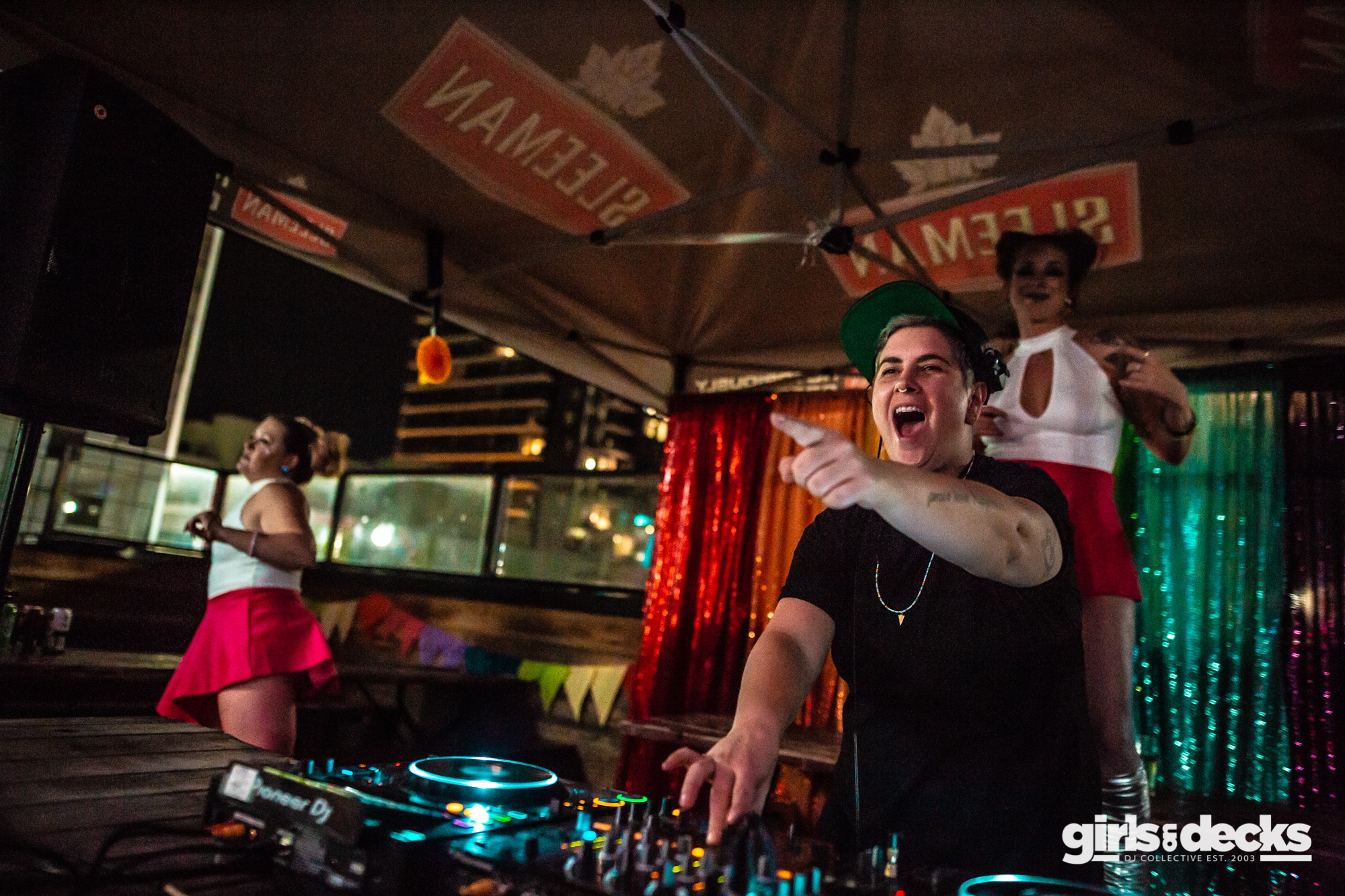
IG: Recently, Girls On Decks did a photo project, and we were able to tally up 76 female DJ’s. This is evidence that Calgary stands out to me in the Canadian Electronic Music Marketplace that Calgary is a good place to be for queers, POC, women, etc…even though this contradicts Alberta’s more conservative reputation.
HS: That’s amazing there are so many female/queer DJ’s out there!
IG: And now there’s probably well over 100. There’s all kinds of amazing initiatives here that are being started by awesome people, who support these niche industries. There was an intense period of reformatting in our nightclub industry where bookers were held accountable to show more diversity in their lineups. It was tricky at first. There was push back. “It’s meritocracy! It should be about who’s good and who’s present!”, they said. Well, now women have great opportunities here after a couple of tricky years. People are more aware of how women are represented today, and Girls On Decks can measure its worth through the opportunities these artists now have in Calgary.
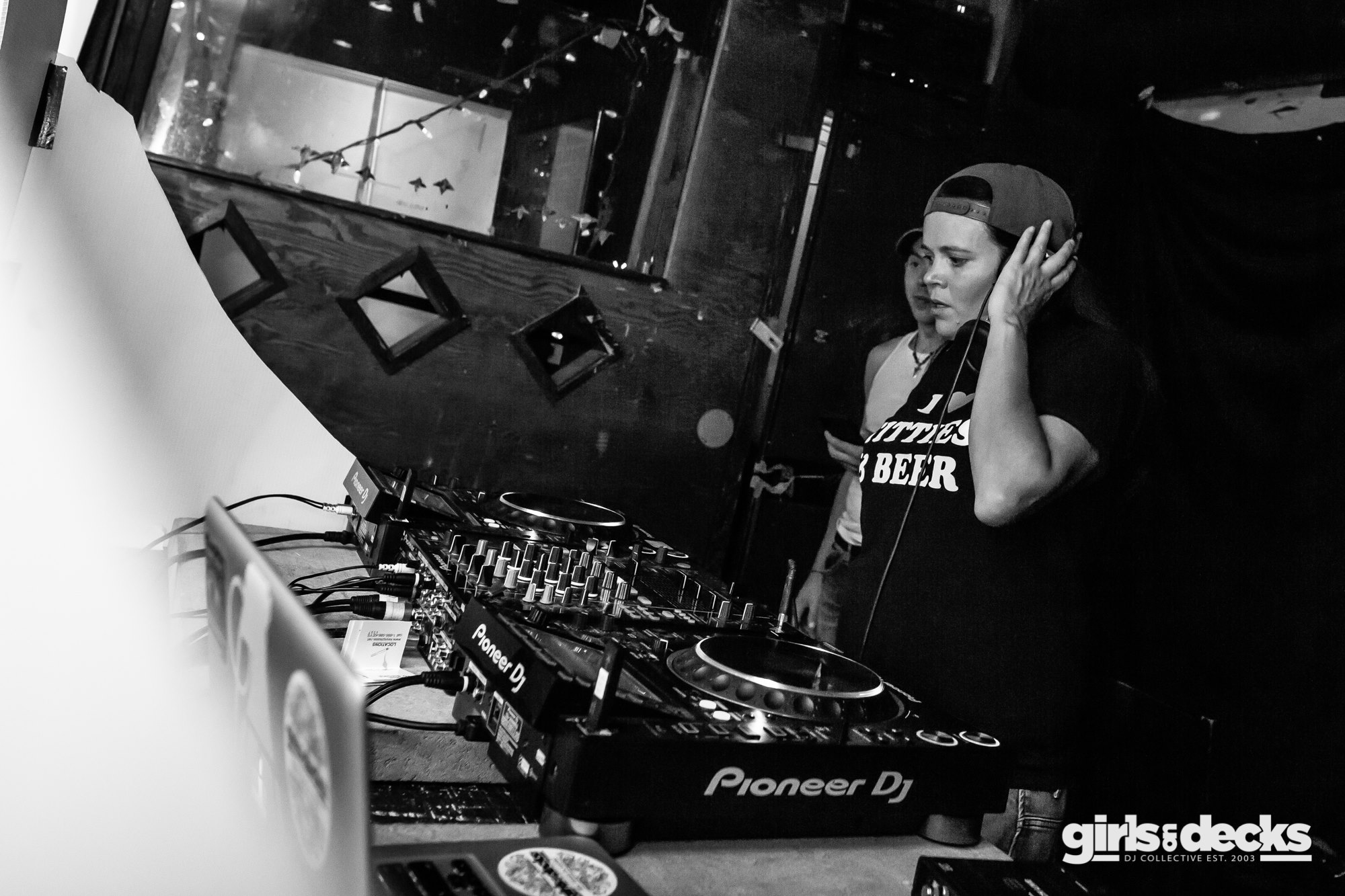
HS: What as your experience as a woman in Western Canada’s scene?
IG: I find this is a question that a lot of women get asked. Krista and I, if you ask us that question, and if we ask the women we brought up, we’ll all have different answers. I don’t remember it being that hard. I started throwing parties and was able to, through throwing parties and booking DJ’s, create rapport with a lot of people locally. When I became a DJ, it was easy for me to network and navigate through that, and I was able to just focus on the technical aspects of my sound. I didn’t have a similar experience with sexism, in terms of people stopping me from doing anything. However, down the road, when I became successful, people would be intentionally unhelpful to me because they wanted to compete with me. So I ran into the obstacle of sexism in the sense that it became harder for me to escalate locally.
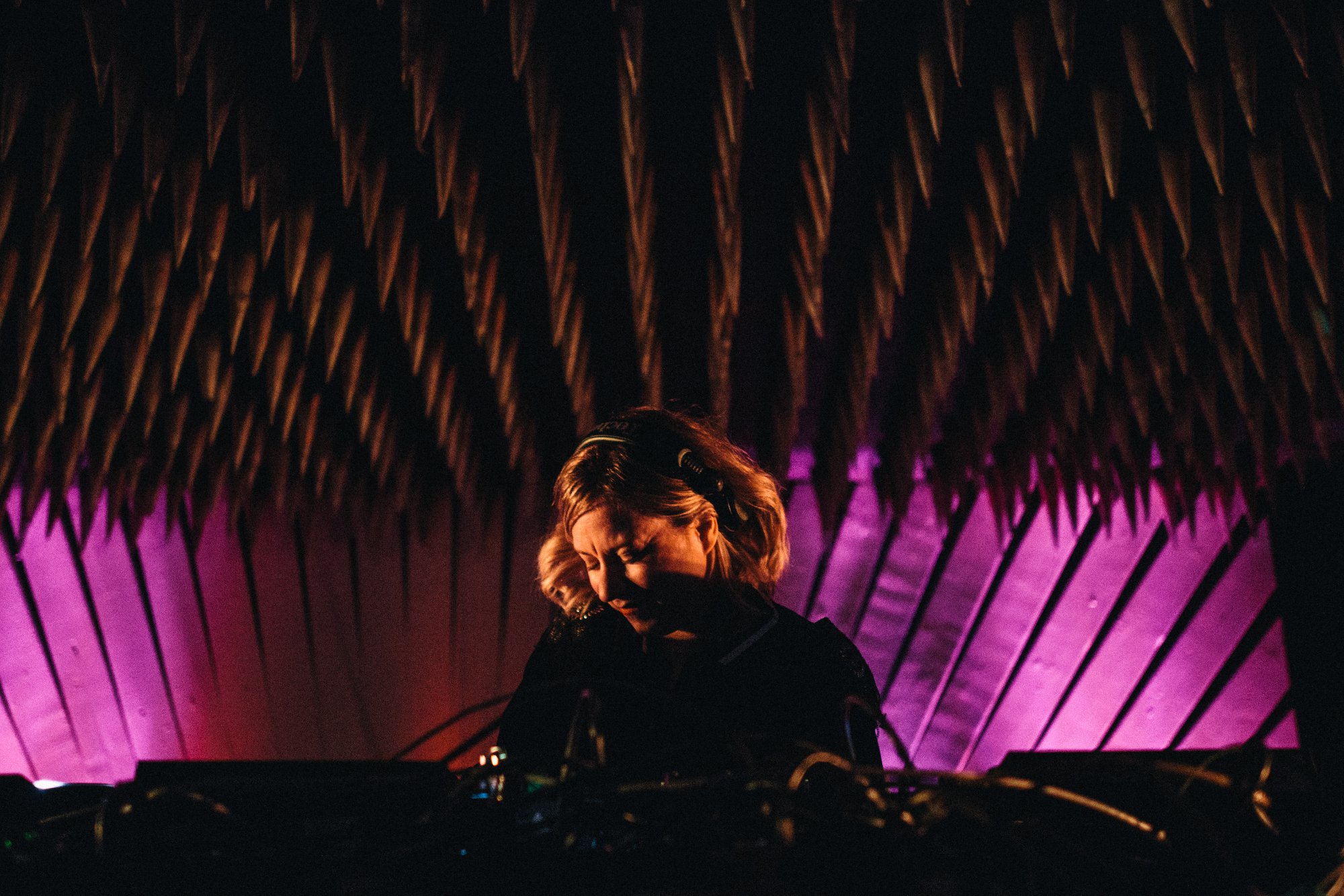
HS: Let’s talk about how AEMCON got its start.
IG: We founded it with Matt Carter, Andrew Williams, and myself. Our first year was in 2016. We started it because all three of us were producers who put out records. Plus, Andrew and I were both running labels at the time. It was endlessly tiring to figure out how to get resources and answer questions like “How do we get funded?” and “What is a royalty?”. A lot of that bigger music industry lives in Eastern Canada. We were all putting on these small satellite events in our cities (Calgary, Edmonton, Lethbridge), so we thought “Why don’t we do one big resource-based event where Albertans can come together?”. Then I went to ADE (Amsterdam Dance Event) and realized “Ah! We can do that like this! We can do this like that!”
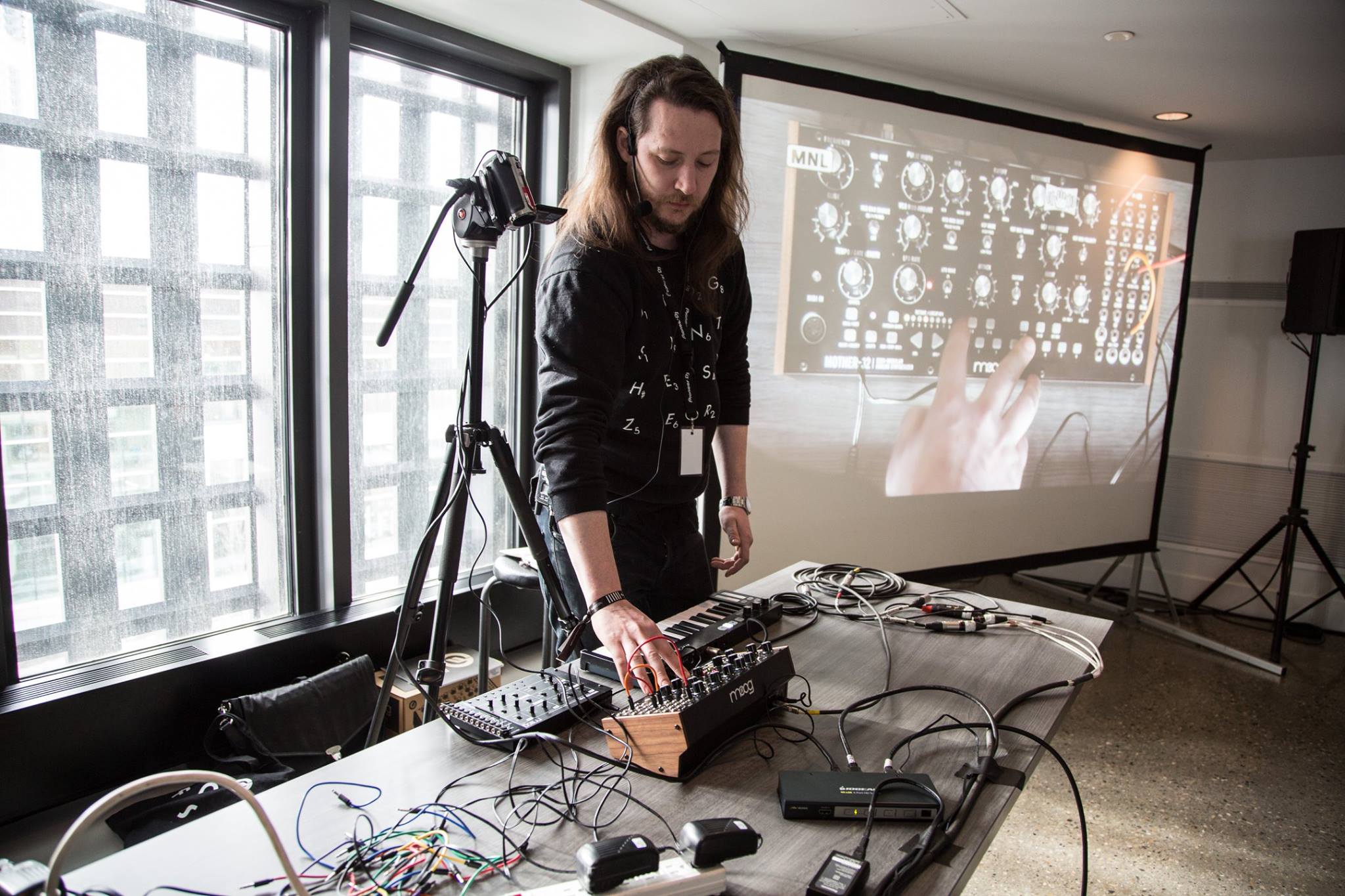
HS: When was your first time attending ADE?
IG: My first time going was 2015. I went, came back, and was raving about it. That summer we had the idea to do this first conference.
HS: I heard there was a Canada panel too at ADE too…
IG: …and all that the panel did was talk about one area of the country (Toronto and Montreal). They talked about how Canada is a huge money making industry, but you and I both know that the real magic of Canada doesn’t happen in huge festivals; it’s in the underground! I just found the information for that ADE panel was misconstrued, because there were artists there who did want to find out how to best tour in Canada…and I found that topic was largely untouched! And they left out the rest of Canada. Western Canada’s festival circuit is huge, and this should be included in that conversation.

HS: So did you feel like something was missing for Albertan electronic music artists, fans, DJs?
IG: Yes! Having people organized so there are resources they can access, so Albertans can have a certain level of understanding of how the “music industry” (that’s a general term) works, how music sales work…just the most basic educational things. People here are very ad hoc; they’re innovators who do what they want. We are known for small business, and many successful people come from Calgary due to our entrepreneurial spirit! We have so many artists who try and DIY their whole career, and because of our geographical isolation, they reach a point where they can’t get any further in their career. This results in them leaving Calgary. We’ve had this issue where some of our best artists have to leave the city or region because they didn’t have the tools they needed to go to the next level.
HS: Has there been an artist exodus out of Calgary in recent years?
IG: It’s ongoing. They mostly go to Vancouver, some go to Europe, and a lot of them go to Montreal or Toronto. I’m not crediting AEMCON with solving this issue, but something that’s nice is that since we started AEMCON, there has been a more unified feeling with our artists around the ideas of community and industry.

IG: We’re asking the questions “what does it take to create something sustainable and cooperative?” People have to start businesses in industries like publishing and media which can support a greater industry. Those who come to AEMCON may realize, “Hey, maybe I don’t want to be a DJ, but rather, a music blogger”
HS: Or perhaps work for a publication!
IG: Or create a publication that is coming out of Calgary. Putting all those pieces together in the web that is Calgary, that’s what AEMCON is for. Get everyone under one roof for a few days, get them all to meet each other, and get them to realize there’s potential… and let them see that there’s outside influence and inspiration for them to take home! Having big artists from SOCAN come and show how things work, show AEMCON attendees how to collect royalties, explain how recording works; these are things that seem so rudimentary, but for these emerging artists who have no idea, this is important. We don’t have a management company, we don’t have publishers; Calgary isn’t a tech-based city, and neither is Edmonton.
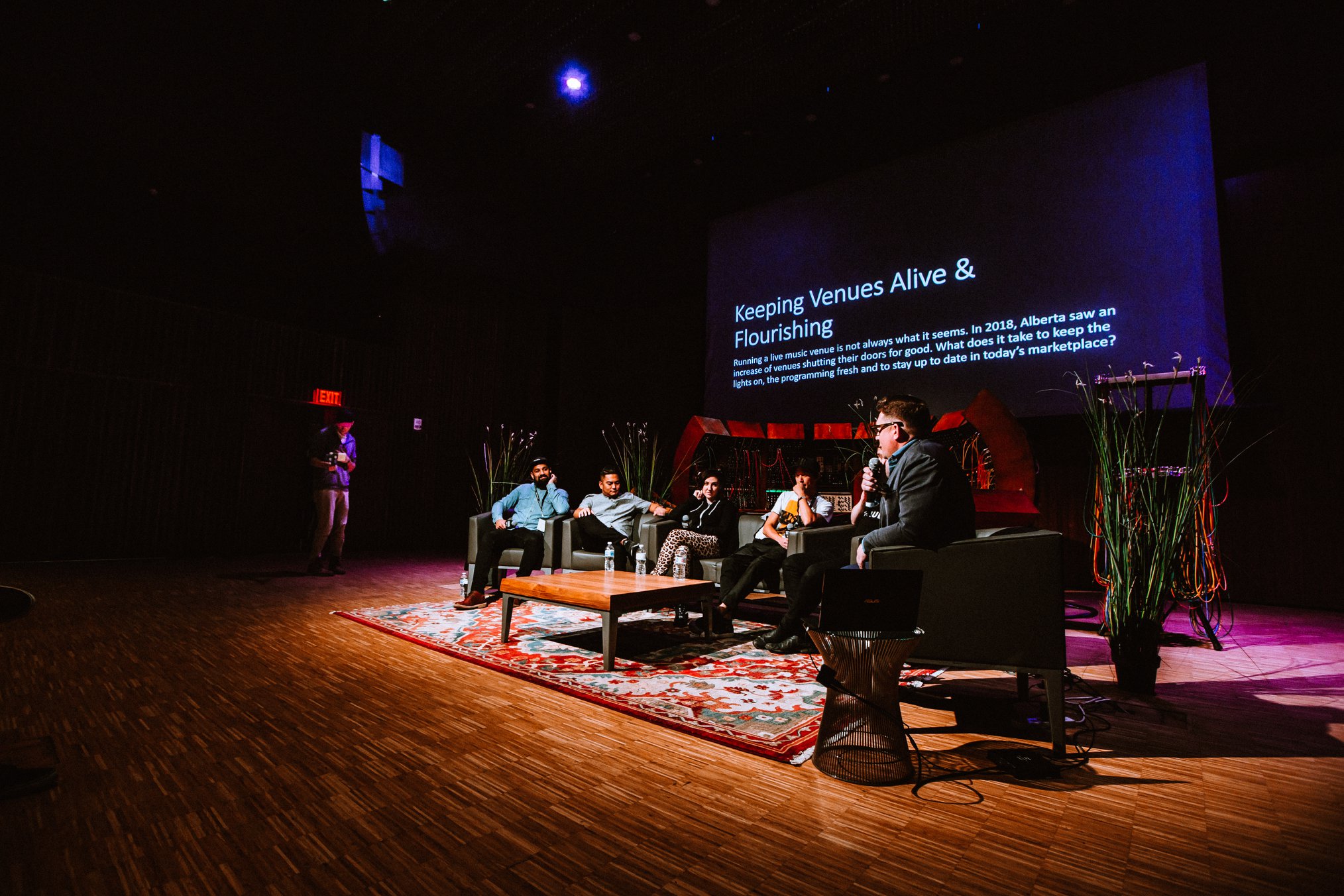
HS: This AEMCON’s 4th edition – AEMCON features over 150 artists and speakers, 60 differen workshops, events, and mixers, and over 20 nightlife events featuring artists likes Montreal favorite Eelke Kleijn, DJ Q, and a whole variety of other artists from Western Canada and around the world. This is a huge undertaking! What was your first year of operation like? What has changed and developed within AEMCON from its first edition?
IG: Well, the first year, Andrew, Matt and I did everything. The first year was quite actually the three of us and a volunteer team of 20 people. We resourced almost everything for free. The companies who came on board with us, Roland, etc, took a big risk since we were just a DIY event at the time. We first did it in an arts school in Edmonton – we had 160 people there in total, including all the staff. Right away, people were networking in the halls, and the connection was happening! The tiny trade show we had was so fun and successful, and the sponsors were stoked. The next year was a huge leap from from a zero budget DIY, to right into Studio Bell here in Calgary. Within AEMCON’s second year, we then outgrew that space. We went from DIY to dealing with LED walls, cabling, lights, 80-100 people in each room, a 60 person volunteer team, and real headliners…and it went really, really well.
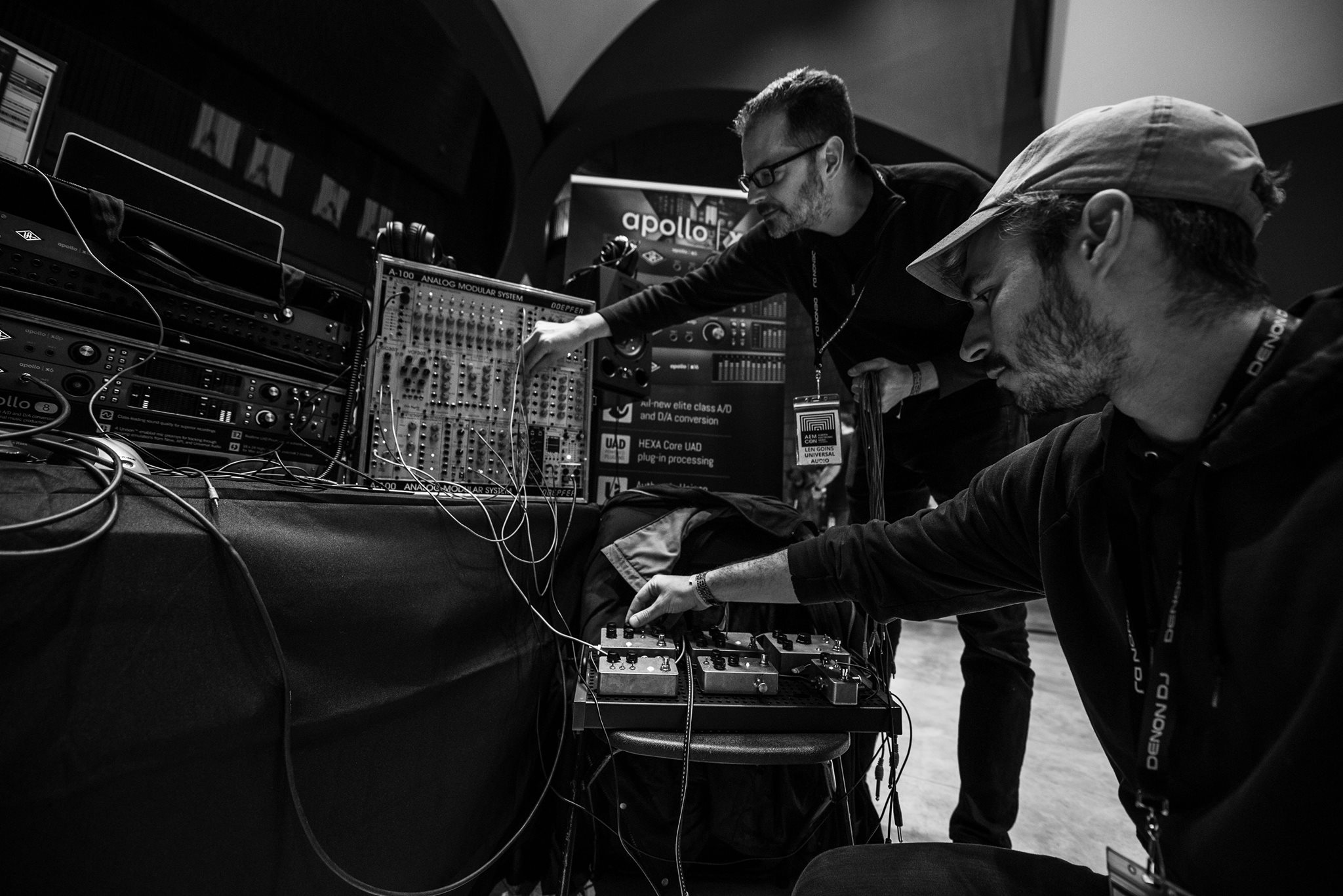
HS: So you’ve come a long way production-wise!
IG: Definitely! In Western Canada…there’s a lot of grass roots, homemade stuff going on. We care less about a big show production and care more about meaningful art installations, for example. Versions, Bass Coast, Shambala, all these festivals, all the people who run these festivals; we’re all connected in a very similar way. We’re a bunch of campy ravers running these events – this isn’t Electric Island. We’re different in that way.
HS: So many of friends from Western Canada say that what they miss the most about W.C., is the heart of all these festivals. Maybe Eastern Canada and Montreal could take some notes.
IG: I’ve toured and played all over the world, I haven’t played in Montreal, and haven’t played in Toronto for 18 years. I’ve found that part of Canada to be really hard to break into. It’s a bit of a closed door in a sense. In Calgary, we look at Toronto DJs as headliner acts. This isn’t quite reciprocated, but I understand that Calgary is as far away from Montreal as England is!! It’s as if we’re two separate countries.
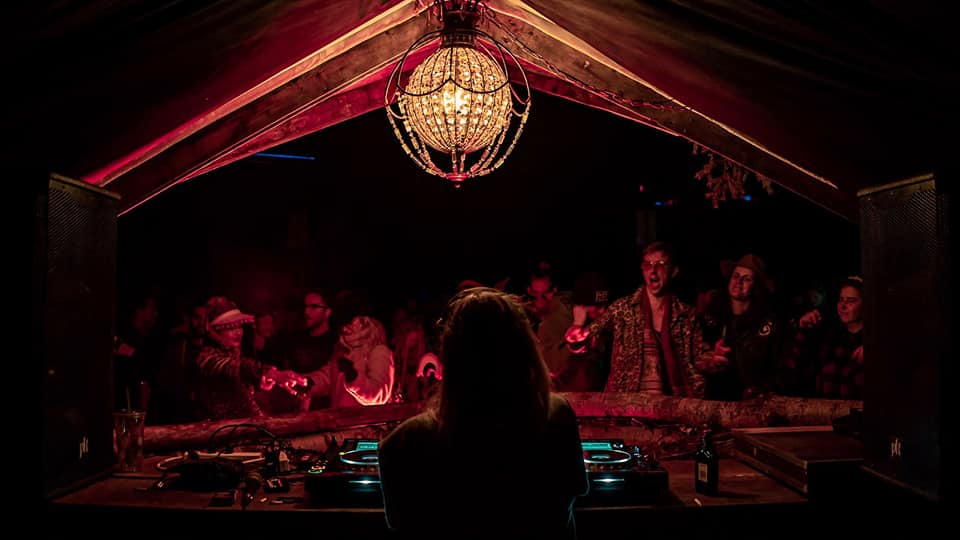
HS: There are so many panels, and workshops, and themes within AEMCON that are, to everyone’s misfortune, missing from the majority of electronic music conferences around the globe. How important was it for you to implement intersectionality into AEMCON?
IG: It is a huge priority for me personally, mainly because there are so many people doing great work within each realm. We work with an organization called Indigenous resilience in music, and their primary function is to merge indigenous artists into pop culture and bring them to the front lines. Working with them has been so amazing because we get the opportunity to discover new artists, and we get to have them tell us what we need to pay attention to. In this time it’s really tough to know what the right thing to do is, but it can also be tough because you have no idea where to start! Even finding female artists can be hard.

IG: I think these collaborations are so important, and especially in creating safe spaces. The dry disco: implementing that was important for me because I’m so familiar with the substance abuse issues that run rampant in our community. I wanted to make this year a priority to have more than just one or two conversations about mental health, and provide a space where people could at least go and have a totally clear space to be not tempted, or not needing to drink; so they could focus on going back to the conference.
HS: Also for all of our friends and colleagues who don’t participate in substances, you’re offering a dry space! That’s great, and it’s inclusive to them.
IG: and the DJ lineup on that show is top, top, top notch. Some of my favorite DJs in calgary are playing that one.
HS: Tell us about the Verbalize talk!
IG: The verbalize event, which is like a ted talk, is going to be great. We pulled people from the front lines in five different areas of life, and I can’t wait to hear these peoples’ stories. I love hearing people talk about their work, how they got to where they are, etc.
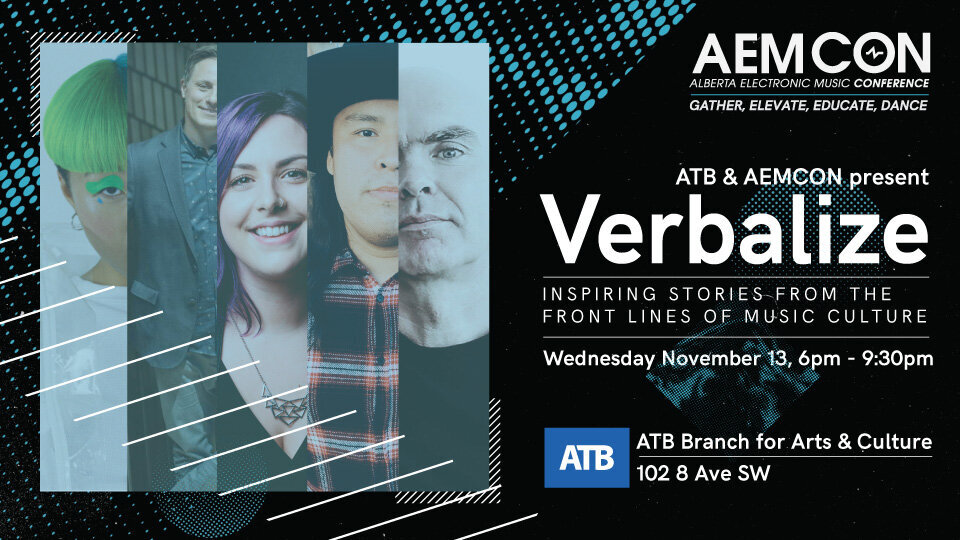
IG: We’re also doing a bystander intervention training. Raising awareness about harm reduction that people can implement in any environment to make others feel safe is a goal of mine. We’re trying to empower people in any way we can to make those around us feel better. We try and listen all year to hear what people are talking about on Facebook and the internet, and try to include what we hear online in the conference.
HS: It just seems like what you guys are doing is so down to earth! You’re really offering things that are relevant to the community.
We’re offering ground up kind of stuff. Maybe these things wouldn’t appeal to the bigger industry at large, but that’s not what Alberta is. We have to cater to what we have here, and it’s also necessary to have those skill building and awareness building opportunities out there. The “Electronic Music as an LGBTQ2+ art form” panel is also really exciting.
HS: I totally missed this panel! Great this is being offered.
IG: …and this specific panel pertains to LGBTQ2+ issues in this part of the country. Talking about this as an art form, its origins, etc. When it’s not conference time during the year, I hope that AEMCON-goers can apply this information to their lives.
HS: Was ensuring a fem-focused AEMCON program important to you as well?
IG: None of my business partners really have a choice! Finding the right women who have unique voices and experiences adds to the program so much. Someone like Nancy Lee, you would just love. You hear her talk, and understand she is a powerhouse. She has so much to offer in terms of outlook and attitude …if you don’t get motivated and pumped when you hear her speak, you might be dead inside.
HS: Can we also just talk about Suzanne Ciani for a second?
IG: She’s so graceful, peaceful, and doing a quadraphonic show…that’s never been done here in Alberta by anybody. She’s also doing a Masters in Residence program at Studio Bell.
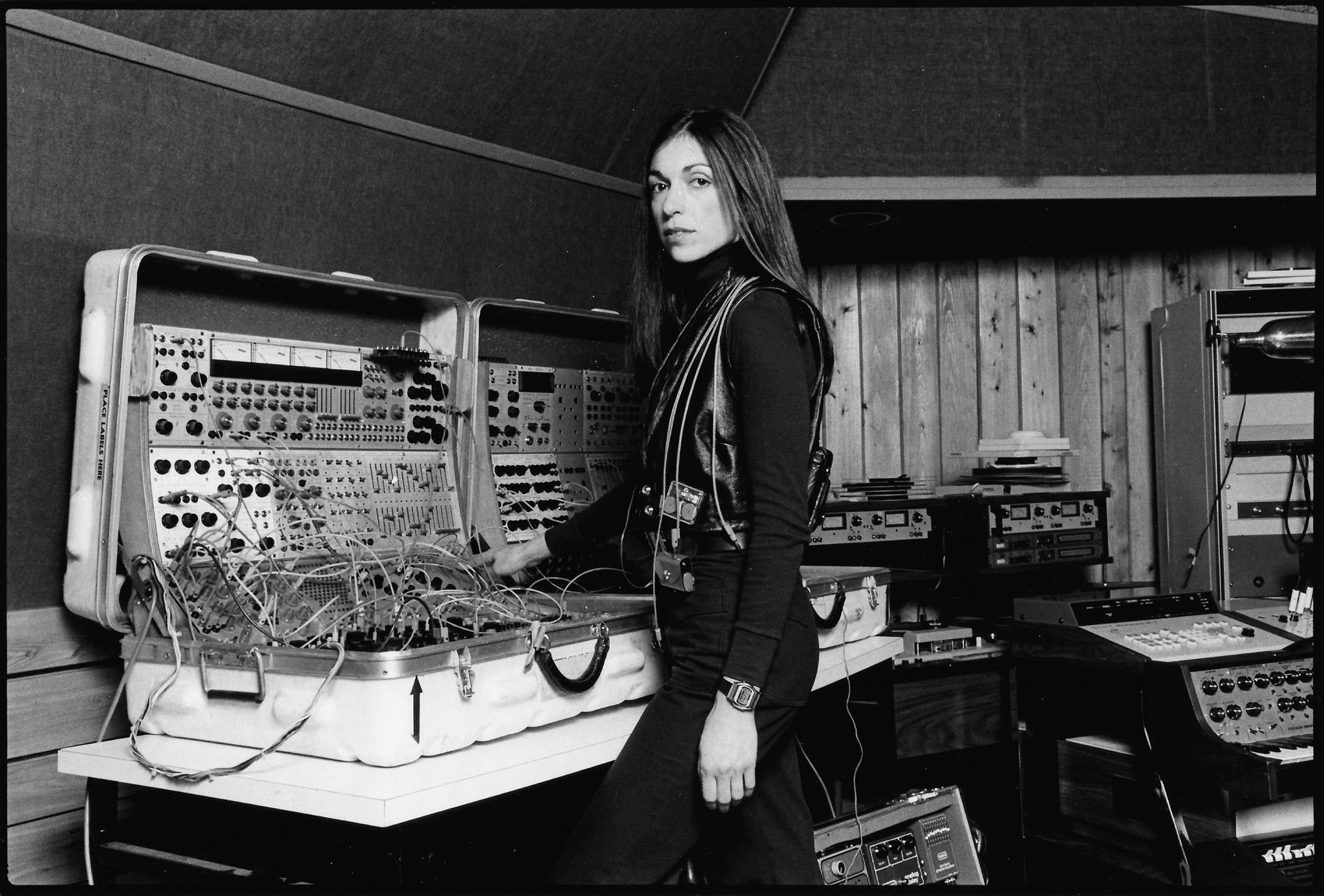
HS:Talk a bit about the dance floor economics panel!
IG: The woman who is moderating this panel, Allison, comes from an urban planning and legal background. She’s with a company called Night Lab out of Ottawa, and they work with cities and municipalities to help them best integrate nightlife into the city infrastructure. In Calgary, a lot of the historic buildings get torn down and plots of land are turned into condos. Questions aren’t asked like “where are we gonna put this nightclub?”, and when nightclubs are put at the bottom of condo buildings, people realize “Oh! It’s loud! The club is loud?!”
HS: And not every club is like Stereo where it has layers of insulation surrounding it
IG: I’m really stoked to see Maylee Todd break down her Virtual Womb/Multimedia show. I’m not sure if you’re familiar with it, but it’s like a giant Vagina installation. She’s not bringing it with her, but she’s going to talk about it.
HS: This really goes in with the big fem energy built into AEMCON.
IG: I’m also excited about the dance music as a queer art form, of course the dance floor economics (which I curated). The mental health conversation and the addiction conversation I think are gonna be great. They’re gonna be uncomfortable, but also really great! The subject matter is the big elephant in the room. I think we make it a priority to bring in the best possible moderators we can, so the conversations are led in really effective ways. They do a lot of preparing, and the great thing about having a conference at this size, this stage, at this caliber, is because they want to be here. It’s less about the shiny ego toys of the big industry.
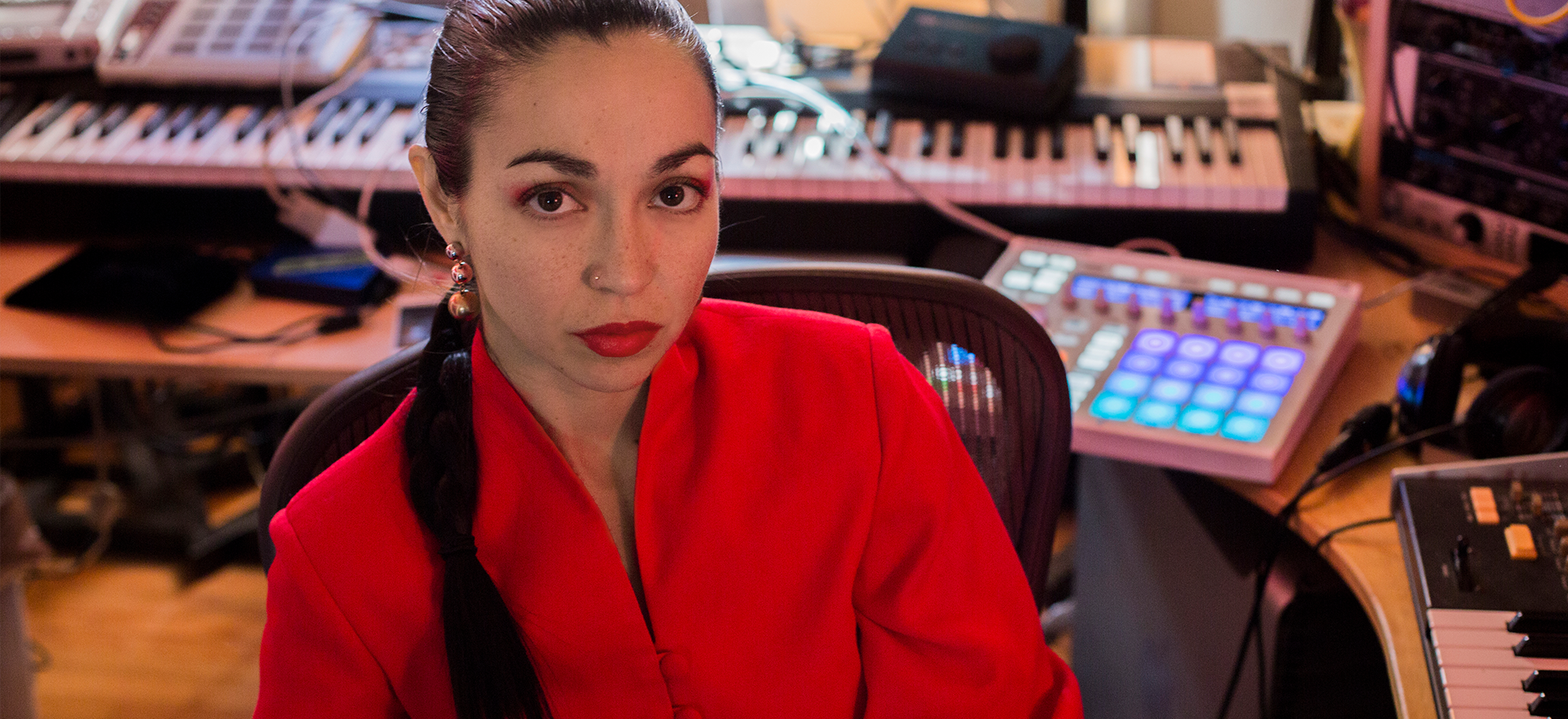
HS: Anything else you’re really excited for?
IG: I’m also really stoked about Eelke Kleijn’s workshop, because he’s doing a Q-base workshop. Nobody has ever done a Q-base workshop at AEMCON, and it’s gonna be Eelke breaking down his Rufus du Sol Track! I hope people take up the technical stuff going on. We have a lot of technical stuff on our program this year.
HS: Which nightlife events should we look out for?
IG: Well obviously Eelke for me is a big one, at Habitat. I’m excited for Breakage, who’s a big drum and bass artist. He’s a drum and bass producer who drum and bass people love. I love these kinds of artists, because they bring a certain kind of energy to the table that everyone loves. I’m also gonna go to the Anthropocene dry disco, and I love the greenhouse event, which features food and DJ’s in the middle hours.
HS: We gotta get something like that here in Montreal!
IG: Yeah! Eating something is important! There’s pretty much nothing bad on this program. There’s trance, hard-style, the full spectrum. It’s gonna be a fun weekend.
HS:How do you want your AEMCON attendees to walk away feeling?
IG: First I just want them to feel inspired. Like they have a clear sense of what they need to do next for themselves. For every different person at every different stage, that’ll mean something different. We have a whole stream of “learn how to do contracts, learn what evaluation points to make yourself, build yourself as an artists”, etc. I want them to feel like they’re ready to hunker down for winter, put out their next album, and go for it. I want to light a fire under their butts for them to get organized!
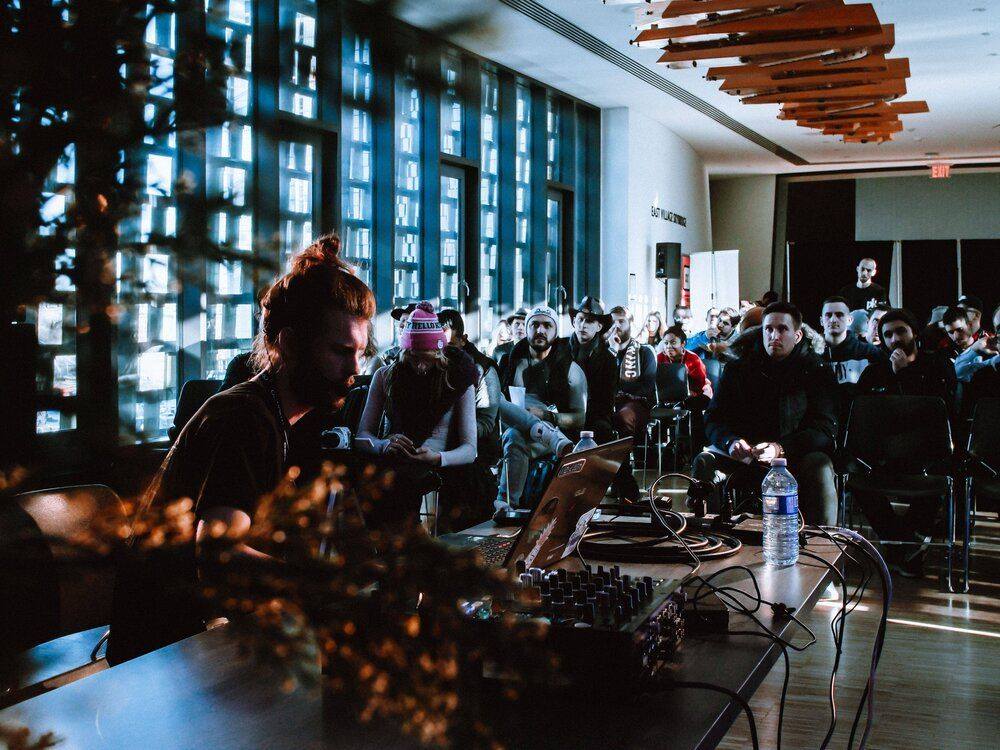
HS: What do you want those in Eastern Canada to know about what’s happening in Alberta? What’s the prevailing message you want to send to those about the heart of electronic music in Calgary?
IG: There’s more performance and collaboration opportunities than you think! It would be great to have a dialogue between the east and the west and more collaboration between the two sides of Canada. Having people from the east coming to AEMCON would create a need and a demand for us to diversify our content to a more “cross-canadian” mandate, which is our long term goal, but we can’t do it without people being genuinely interested and participating. As a starting point, maybe just the awareness of all this happening and the engagement would be awesome. We’re better together as a music nightlife economy, a community, and an industry if we are collaborative! One thing that I wish is that we could have is more cross engagement between the east and the west. I hope AEMCON could someday become a hub like that for people, much like ADE is the hub for those in Europe. We don’t always want to rely on the US market.
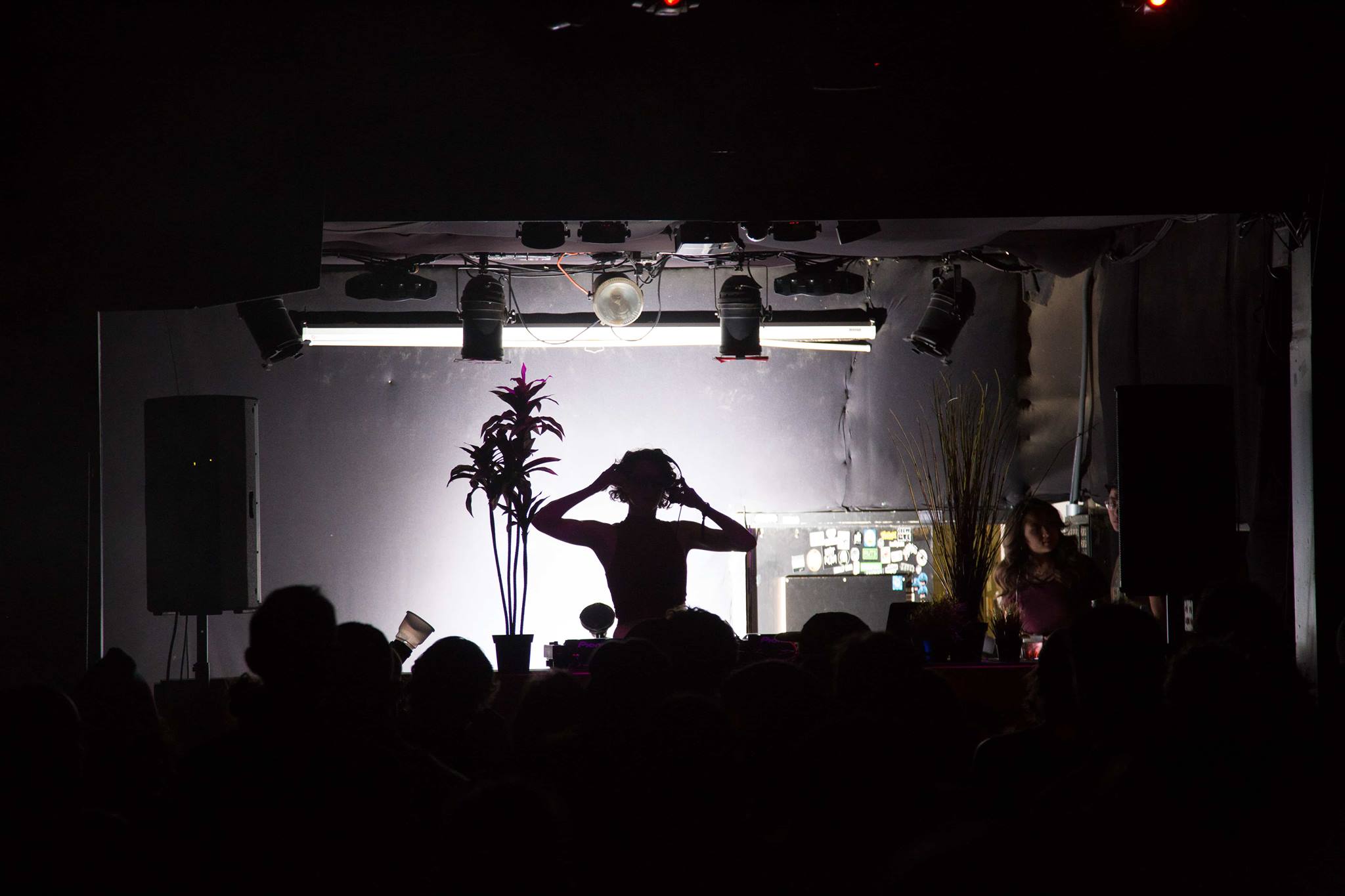
HS: Thanks again for speaking with us! Anything else you’d like to mention about this week?
IG: EMM Labs is having a listening party! This is the first time this has ever been done. There’s a high definition audio listening room where you can bring your own tracks and have them played on some of the most state of the art sound you have ever experienced. It’s a really cool opportunity for producers to show up and play their pre-masters and mastered tracks because it’s not gonna sound like it sounds in your studio! Red Bull is working with EMM on that, and it’s unique, unusual, and something that has never been done here in Alberta.
AEMCON is taking place this week, November 13-17, in Calgary, Alberta. Have any questions? Consult the FAQ here!
It’s not too late to buy tickets and passes! You can do so HERE
Also check out Isis’ artist page HERE
We're proud to announce the final programming & artist line-up for AEMCON 2019! In total, over 150 artists and speakers will present their ideas and music. Check out the schedule & line-up to learn about 60 different events, workshops, artist talks, panels, mixers, and more: https://www.albertaelectronicmusic.com/aem-news/second-wave-announcement-artist-speaker-amp-conference-highlights Day passes, night passes and full weekend passes are also now available! Presented by Studio Bell, National Music Centre, NMC:ON and The Foundation Assisting Canadian Talent On Recordings (FACTOR). The song featured in this video is Opal by Zeal & Cigz <3
Posted by Alberta Electronic Music on Thursday, October 10, 2019
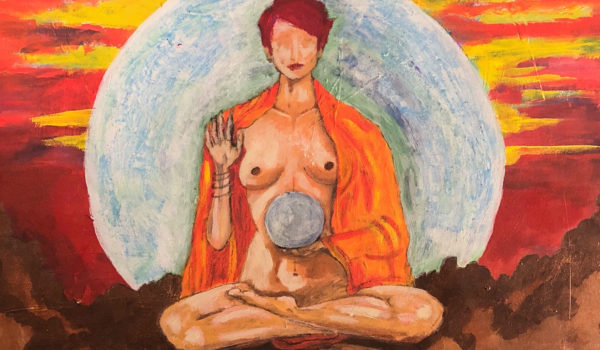
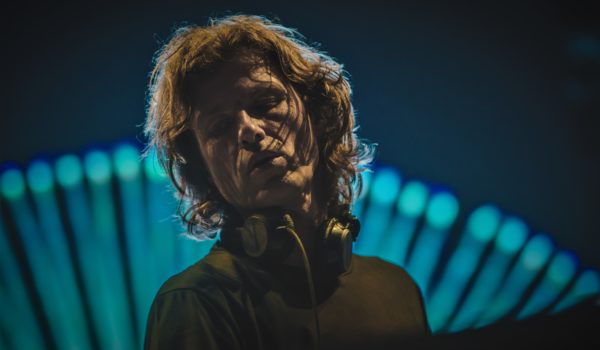


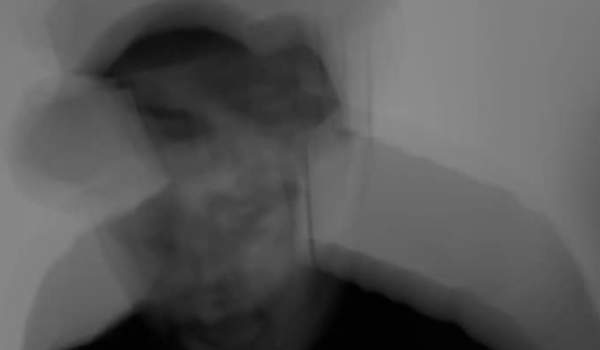
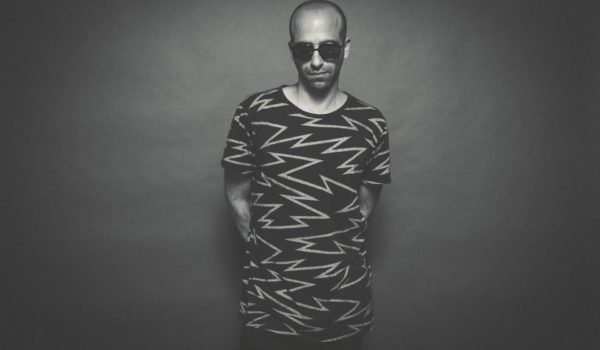


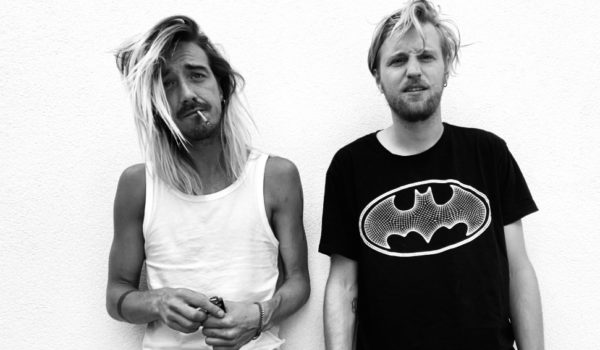
Comments